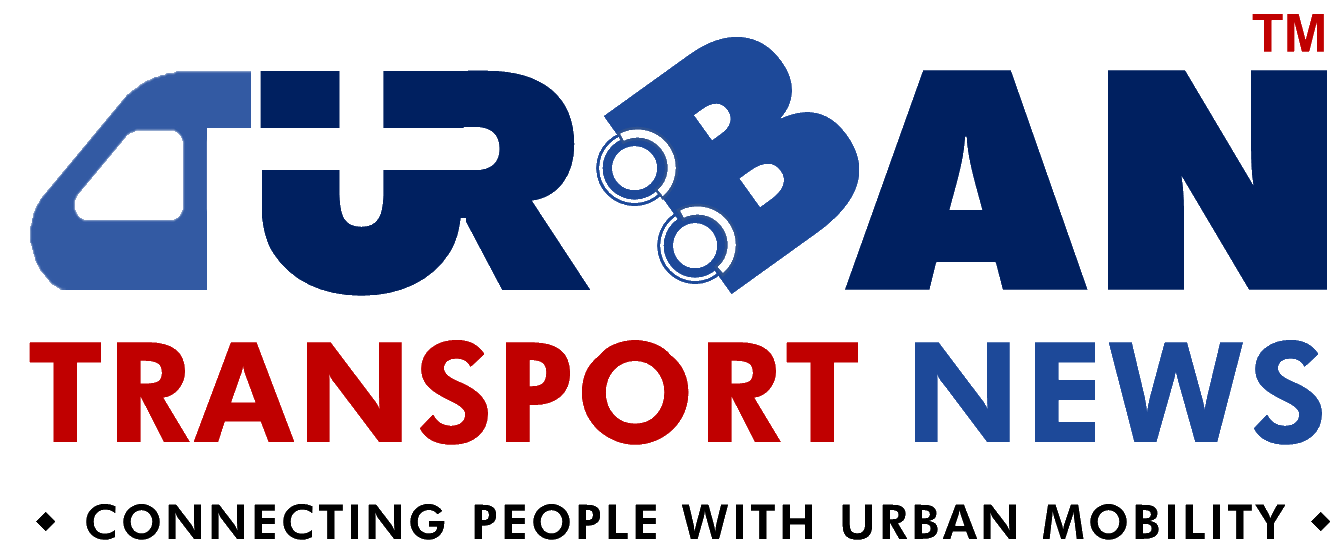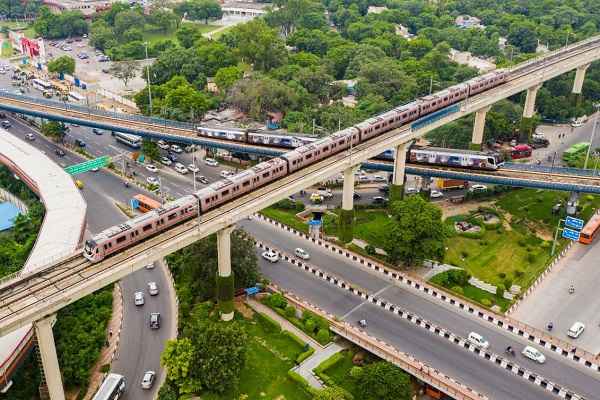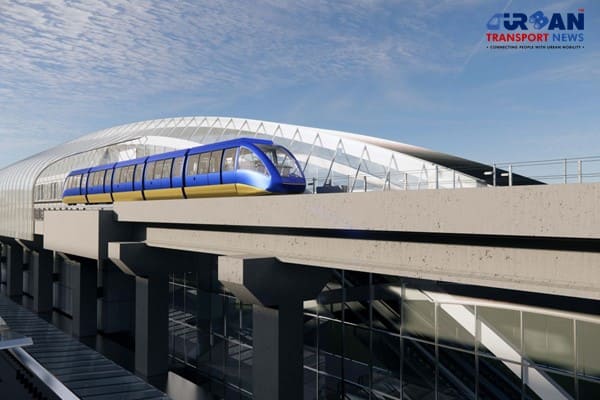 Delhi unveils ambitious Urban Mobility Vision: Luxury Metro Coaches, New Tunnels and Pod Taxi
Delhi unveils ambitious Urban Mobility Vision: Luxury Metro Coaches, New Tunnels and Pod Taxi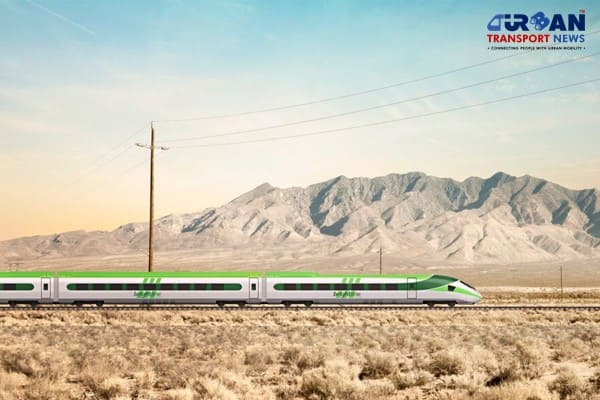 Qatar approves Saudi Rail Link Agreement, Accelerating Gulf Railway Vision 2030
Qatar approves Saudi Rail Link Agreement, Accelerating Gulf Railway Vision 2030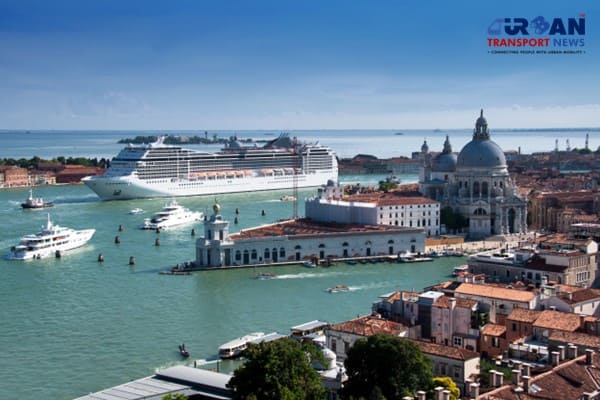 UP Govt plans to introduce Water Metro services in Ayodhya, Varanasi & Prayagraj
UP Govt plans to introduce Water Metro services in Ayodhya, Varanasi & Prayagraj India’s First Urban Ropeway begins Trial Run in Varanasi, Set to carry 1 Lakh passengers daily
India’s First Urban Ropeway begins Trial Run in Varanasi, Set to carry 1 Lakh passengers daily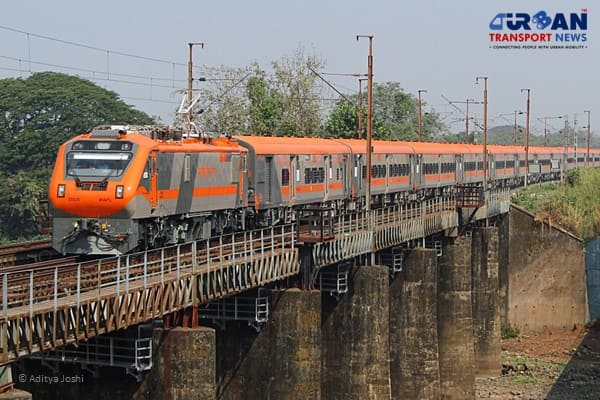 India and Bhutan to Build First-Ever Rail Link: ₹4,033 Cr Project to Boost Regional Connectivity
India and Bhutan to Build First-Ever Rail Link: ₹4,033 Cr Project to Boost Regional Connectivity Patna to launch Eco-Friendly Water Metro; Trial Run soon between Digha and Kangan Ghats
Patna to launch Eco-Friendly Water Metro; Trial Run soon between Digha and Kangan Ghats Air India Group set to launch Flights Operations from Navi Mumbai International Airport
Air India Group set to launch Flights Operations from Navi Mumbai International Airport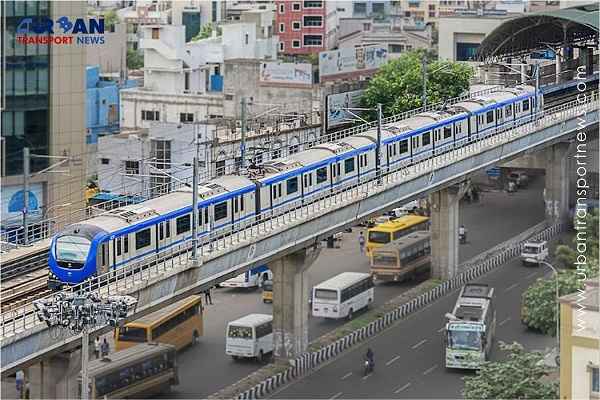 Chennai to launch 25-Year Mobility Plan with Unified QR Ticketing and One-App Transit System
Chennai to launch 25-Year Mobility Plan with Unified QR Ticketing and One-App Transit System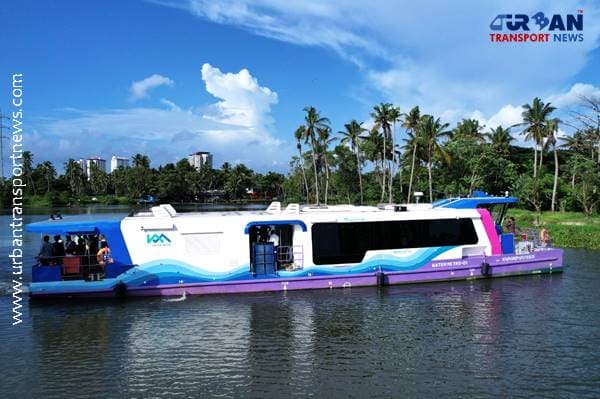 Kochi Metro bags ₹4.4 crore contract to prepare DPR for Mumbai Water Metro Proejct
Kochi Metro bags ₹4.4 crore contract to prepare DPR for Mumbai Water Metro Proejct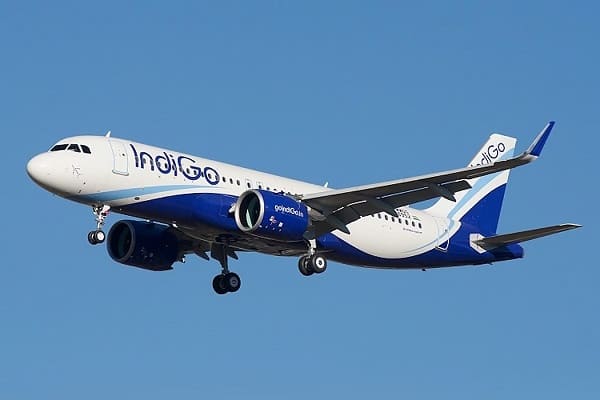 Navi Mumbai International Airport set for September launch; IndiGo and Akasa Air to lead Operations
Navi Mumbai International Airport set for September launch; IndiGo and Akasa Air to lead Operations
How Heavy Equipment Transportation Impacts Traffic Flow
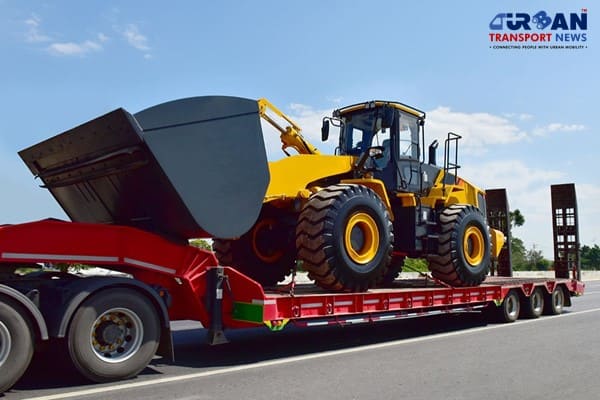
Industries such as construction, mining and manufacturing rely on heavy equipment, frequently transporting it to and from worksites. However, moving massive cargo through public roads can significantly impact traffic flow, causing congestion, delays and safety concerns.
These transports often require special permits, route planning and escort vehicles, further complicating road conditions for everyday drivers and commercial transporters. Understanding how heavy equipment transportation affects traffic can help industry leaders and drivers confront its challenges more effectively.
Congestion and Delays
Traffic congestion is one of the most notable effects of heavy equipment transportation. Oversized loads travel significantly more slowly than the traffic around them. This challenge becomes particularly pronounced on highways and major arteries, where other drivers must adjust their speed or find alternative routes. Heavy cargo can create bottlenecks in urban areas, especially at intersections and narrow streets with limited maneuverability.
Additionally, some heavy hauls require rolling roadblocks or police escorts, further disrupting traffic flow. When combined with peak-hour travel or roadwork, these slow-moving convoys can result in extensive delays for commuters and commercial truck drivers alike.
Roadway Restrictions and Detours
Often, transporting heavy equipment requires working around roadway restrictions and detours. Many roads, bridges and tunnels have weight, height and width limitations that prevent heavy vehicles from safely passing through. As a result, transportation companies must plan different routes that can accommodate the equipment’s dimensions, sometimes adding considerable travel time.
some cases, entire lanes must be closed to allow a wide or tall load to pass safely. These temporary closures can disrupt traffic flow by forcing drivers to merge into adjacent lanes or seek alternative routes. Detours required to avoid low-clearance bridges or inferior infrastructure may create bottlenecks in areas not designed to handle many cars. Additionally, it might cause some people to drive on unpaved roads, increasing the risk of damage to the vehicle’s suspension, paint, undercarriage and engine.
Beyond affecting everyday drivers, these restrictions also impact logistics supply chains. Delays caused by route adjustments can increase fuel costs, extend delivery times and disrupt project schedules for industries relying on heavy equipment. For businesses that depend on timely shipments, well-coordinated transportation planning is essential to mitigate these challenges.
Safety Concerns
Heavy equipment transportation causes significant safety risks. Due to their size and weight, heavy loads can’t maneuver as nimbly as traditional cars and have longer stopping distances. Sudden lane changes, sharp turns or unexpected traffic conditions can make it difficult for truck drivers to react quickly, increasing the likelihood of accidents.
Escort vehicles and warning signs alert motorists to the presence of a heavy load, but many drivers are unfamiliar with the precautions needed when sharing the road with these transports. Impatient or unaware drivers may attempt to pass oversized loads in unsafe conditions, tailgate large trucks without realizing their limited visibility or misjudge stopping distances. These risky behaviors can lead to collisions, especially on highways, where speeds are higher.
Weather conditions and road infrastructure can also amplify safety risks. Heavy rain, strong winds or poorly maintained roads may make it even harder for large equipment haulers to maintain control. Additionally, construction zones and narrow lanes leave little room for oversized vehicles to maneuver, increasing the potential for accidents if drivers do not exercise caution.
Transportation companies follow strict safety protocols, including requiring trained drivers, securing proper permits and planning routes that minimize risks. Public awareness campaigns also educate everyday drivers about safe practices when encountering oversized loads on the road.
Impact on Road Infrastructure
Frequent transportation of heavy equipment places significant strain on infrastructure, contributing to accelerated wear and tear. Roads, bridges and overpasses accommodate standard vehicle weights, but oversized loads — especially those carrying construction machinery, industrial equipment or agricultural machinery — exert more pressure on pavement surfaces. Over time, this added stress can lead to potholes, cracks and weakened road foundations, increasing the need for repairs and maintenance.
Bridges are particularly vulnerable to damage from overweight loads. If a structure cannot handle extreme weights, repeated exposure to heavy transport can cause structural weakening, requiring inspections, weight restrictions or even temporary closures. Some jurisdictions enforce strict weight limits and require transporters to obtain permits to ensure roads and bridges can safely support the load.
The impact extends beyond road damage. As municipalities and state agencies work to repair infrastructure affected by heavy transport, additional roadwork can lead to detours, lane closures and further traffic congestion. These disruptions affect daily commuters and create logistical challenges for other freight carriers that rely on consistent transportation routes.
To mitigate damage, some regions invest in reinforced roads along primary transport corridors or implement load-balancing strategies that distribute heavy transport across multiple routes. However, the long-term solution requires ongoing investment in infrastructure to support the demands of heavy equipment transportation while maintaining safe and efficient road conditions for all motorists.
Mitigation Strategies
Industry professionals and regulators implement strategies focused on efficiency, safety and infrastructure protection to reduce the impact of heavy equipment transport on traffic.
1. Route and Schedule Optimization
Transporters use GPS mapping and traffic data to select routes that avoid congestion and infrastructure limitations. Many jurisdictions also mandate off-peak or nighttime transport to reduce disruptions, though this requires additional safety measures.
2. Escort Vehicles and Traffic Control
Escort vehicles and police escorts can direct traffic, warn motorists and manage lane closures to enhance road safety.
3. Public Awareness and Driver Education
Traffic alerts, signage and public education campaigns inform motorists about oversized loads, helping them plan alternate routes and drive cautiously around slow-moving transports.
4. Infrastructure Improvements
Investing in reinforced roads, widened lanes and designated heavy haul routes accommodates oversized loads while reducing long-term damage to infrastructure.
These strategies balance industrial transport needs with traffic efficiency and public safety, ensuring smoother roadways for all users.
Heavy Loads Don’t Have to Equal Heavy Traffic
Heavy equipment transportation is essential for the industry but poses challenges to traffic flow, safety, and infrastructure. Oversized loads contribute to congestion, require detours and demand careful regulatory oversight. However, strategic planning, off-peak scheduling, traffic control measures and infrastructure investments mitigate these impacts.
For everyday drivers, awareness and patience are vital when sharing the road with heavy transport. For the industry, balancing efficiency with road safety remains a priority. With smart planning and cooperation, heavy loads don’t have to mean heavy traffic for everyone.
